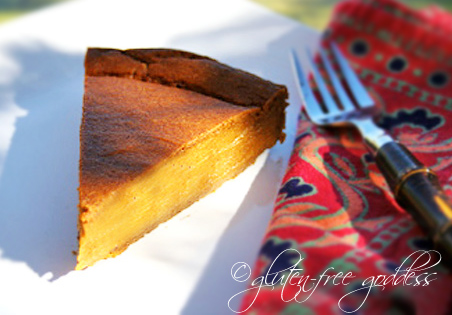Roasted vegetables. As you may have guessed from my last
recipe, they are a favorite staple at our house. And beyond easy. We make them at least twice a week- a convivial ritual. Steve and I join forces in the kitchen at dinner hour

and cut up heaps of vegetables and talking politics. Or religion. Human behavior. Projection. Affect and temperament. All those spiky topics your grandmother warned you not to talk about at dinner parties (or at least in
mixed company). We talk, all right. And talk.
After all, we're simpatico.
We're on the same ethical and moral page. We share the same values (
muy importante in a marriage, let me tell you). And we're on safe ground here in our tiny desert kitchen- at least as long as the bank holding the mortgage doesn't go belly up (but money is another topic a "polite" woman doesn't discuss).
Steve and I are as fearless and hopeful with another as we were on our very first date- a cup of coffee (make that three) at Jack's Out Back in Yarmouthport. When he asked me where I saw myself in ten years- and told me he wasn't looking for a mother- I knew
I'd found the man for me.
And last night- the one year mark of the
unfortunate hip incident- as we stood in the very spot of my Charlie Brown

smack down, rustling up passionate discourse and tossing veggies left and right into a waiting roasting pan and punctuating Mamet style pauses with. Glugs. Of olive oil. And. Pinches of sea salt. My husband slid the pan into the hot oven. And kissed me.
Dinner is done, he said.
May this election soon be, I murmured.
And I raised my glass to the future.
Easy Cider Roasted Vegetables Recipe
While the veggies are roasting their earthy little hearts out, getting all golden and tender and sweet, put on a pot of your favorite brown rice or quinoa seasoned with a little olive oil and a sprinkle of curry, cumin, or Old Bay Seasoning

.
Preheat the oven to 375ºF.
Wash and cut your favorite mix of vegetables and toss them into a large baking pan. Mix and match. Some folks worry about pairing the wrong vegetables but honestly, I've never had a problem combining. Just make sure you cut the assorted veggies in an evenhanded manner, keeping the sizes relatively close. Denser vegetables like carrots I usually slice thinner, knowing they'll take a bit longer to cook through.
Ingredients:1 sweet or red onion, cut into wedges
2 carrots, sliced
6 baby gold, purple or red potatoes, cut up
1 1/2 cups butternut squash or pumpkin, peeled, cubed
Half a cabbage- green or purple- sliced
1 1/2 cups broccoli florets
1 cup cauliflower florets
1 yellow squash, cut into half moons
A few green beans, whole, trimmed
A portobello mushroom or two, sliced or cut up
Lots of garlic, several whole or minced cloves
Instructions:Toss the vegetables into a large roasting pan . Season the veggies with sea salt and fresh ground pepper. Make your sauce.
. Season the veggies with sea salt and fresh ground pepper. Make your sauce.
Cider Roasting Sauce:
Ingredients:3 tablespoons extra virgin olive oil
3 tablespoons apple cider vinegar
1 cup natural apple cider or apple juice
1 tablespoon agave, honey or brown sugar
Instructions:
Stir to blend. Pour the sauce over the veggies, toss well to coat.
Sprinkle with warming spices, if you like. Curry, nutmeg, a touch of cinnamon, some thyme. Roast for 30 to 45 minutes- or until the veggies are tender, to your liking.
Serve over cooked brown rice or quinoa. Add a condiment for more protein- hummus is especially delicious with roasted vegetables. Add crumbles of goat cheese, if you like.
More Options:
Add a can of drained white beans or chick peas for added protein; stir them into the vegetables during the last 15-20 minutes of roasting, to heat through.
for added protein; stir them into the vegetables during the last 15-20 minutes of roasting, to heat through.
Leftover roasted veggies can be baked into yummy quiches and frittatas or tossed into soups.
Omnivores can add in sliced cooked sausage or pieces of cooked chicken during the last 20 minutes of roasting; heat through.
Recipe Source: glutenfreegoddess.blogspot.com
All images & content are copyright protected, all rights reserved. Please do not use our images or content without prior permission. Thank you.


























